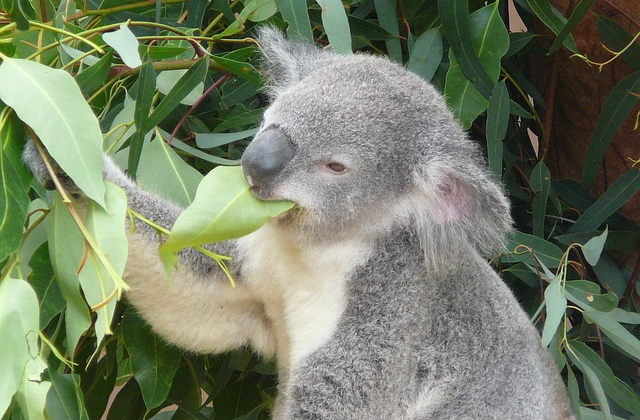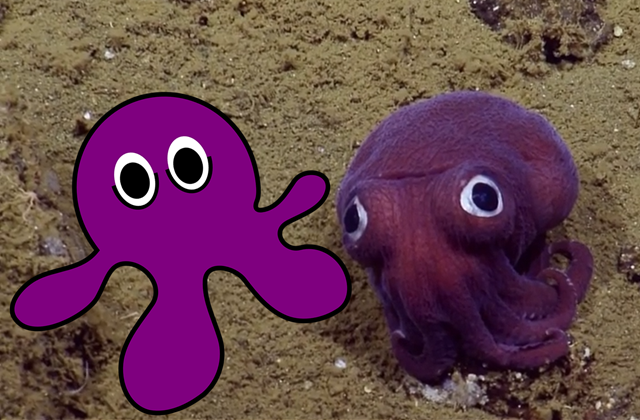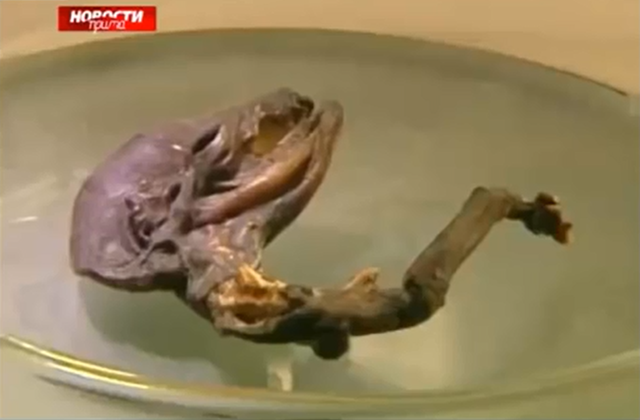In a twist of nature, it turns out koalas have fingerprints. Not just generic fingerprints shared on the pads across the species, but each koala has a unique set of fingerprints. While they’re more like prints on the pads of koalas’ paws, each individual koala has its own identifiable fingerprints.
Koala fingerprints are also eerily human-like. Possessing the same characteristic arches, loops and whorls, which human fingerprints have. Making them subject to dermatoglyphics: the scientific study of fingerprints.
(Although dermatoglyphics as pertaining to the study of human characteristics and intelligences purportedly contained in and revealed by fingerprint patterns is more scientifically questionable, depending on application.)
Human fingerprints are unique. No two humans’ fingerprints are the same, even amongst identical (monozygotic) twins. Meaning human fingerprints are not entirely the product of inherited genetics and DNA.
Koala fingerprints, are somewhat of a scientific mystery.
Few mammals possess fingerprints, and of those that do, apes such as gorillas and chimpanzees are, evolutionarily speaking, a lot closer to humans than koalas. Most monkeys don’t have fingerprints; with the branches of phylogenetic tree between apes and monkeys diverging in the evolutionary past.
Koalas aren’t exactly anywhere near those particular evolutionary branches though.
Branches of eucalyptus trees are another matter.
While there are examples of tree-climbing creatures, such as monkeys in South America with fingerprint-like structures on their tails, the climbing hypothesis for koalas’ fingerprints is near conclusively rejected.
Koalas also have claws for climbing.
In general, the grip argument as the purpose of fingerprints is currently considered debunked. Although arguments of ecological validity could be raised of lab experiments versus the natural environment.
An alternative hypothesis is that fingerprints reduce surface area and friction, allowing the skin to deform and reduce blistering. Fingerprints may also function like the tread in tyres and direct water away from the point of contact.
Another is that fingerprints aid in tactile information (via the Pacinian corpuscles) to convey a better sense of touch.
It’s this latter case which may hold the reason why koalas have fingerprints: to better select suitable gum leaves for eating. Fingerprints may aid with the sense of touch, helping to detect the more edible leaves for koalas. With the diets of koalas in different areas of Australia eating different types of eucalyptus leaves. Koalas prefer to limit their diet to about 10 species of eucalyptus trees, but they are known to eat the leaves of some other Australian native trees on occasion.
Overall it’s a case of what is known as convergent evolution. Where effectively unrelated and separate species have developed similar adaptations independently of one another. Or at least may have inherited such characteristics from a shared common ancestor in the distant past.
Koalas and humans diverged around 125-150 million years ago, but both share remarkably similar fingerprints.
While evolution is typically not considered to be directed – as in, it is not designed but rather it is what
survives – examples of convergent evolution may be treated as evidence of postulated function.
Thus if chimpanzees, humans and koalas all have alike fingerprints, is there a commonality of the function of fingerprints shared between the species?
Although care often needs to be exercised in instances where a unique cause may not exist, and the result is instead the combination of multiple causal factors. Determining the exact cause, or interaction of causes, can be challenging.
Similarly like any valid hypothesis, it must be testable and be able to be falsified.
Which tends to make why koalas have unique fingerprints a more difficult question to answer than simply why koalas have fingerprints at all.
At present there doesn’t seem to be definitive scientific answers to either, as such, postulate away:
 uthinki Considered Opinion?
uthinki Considered Opinion?



